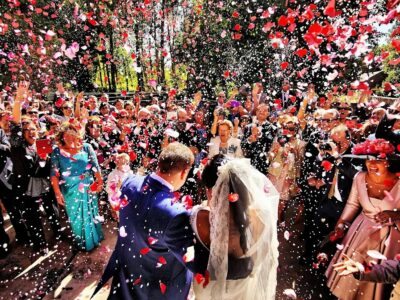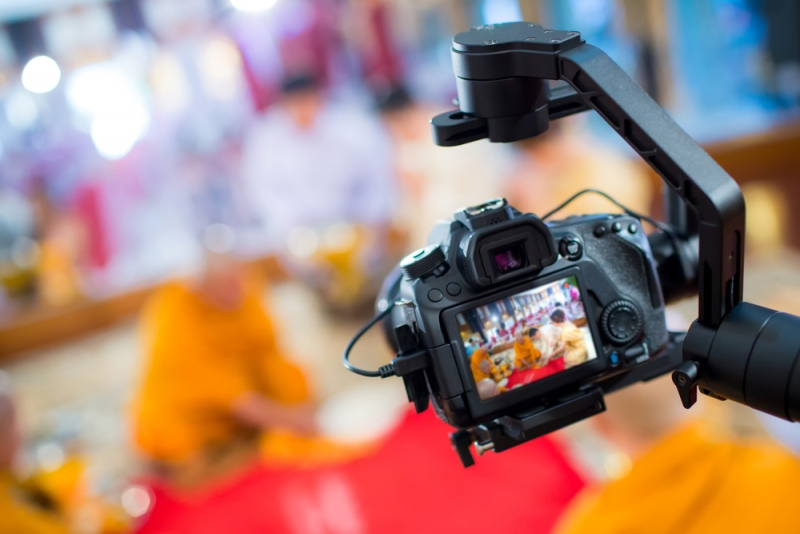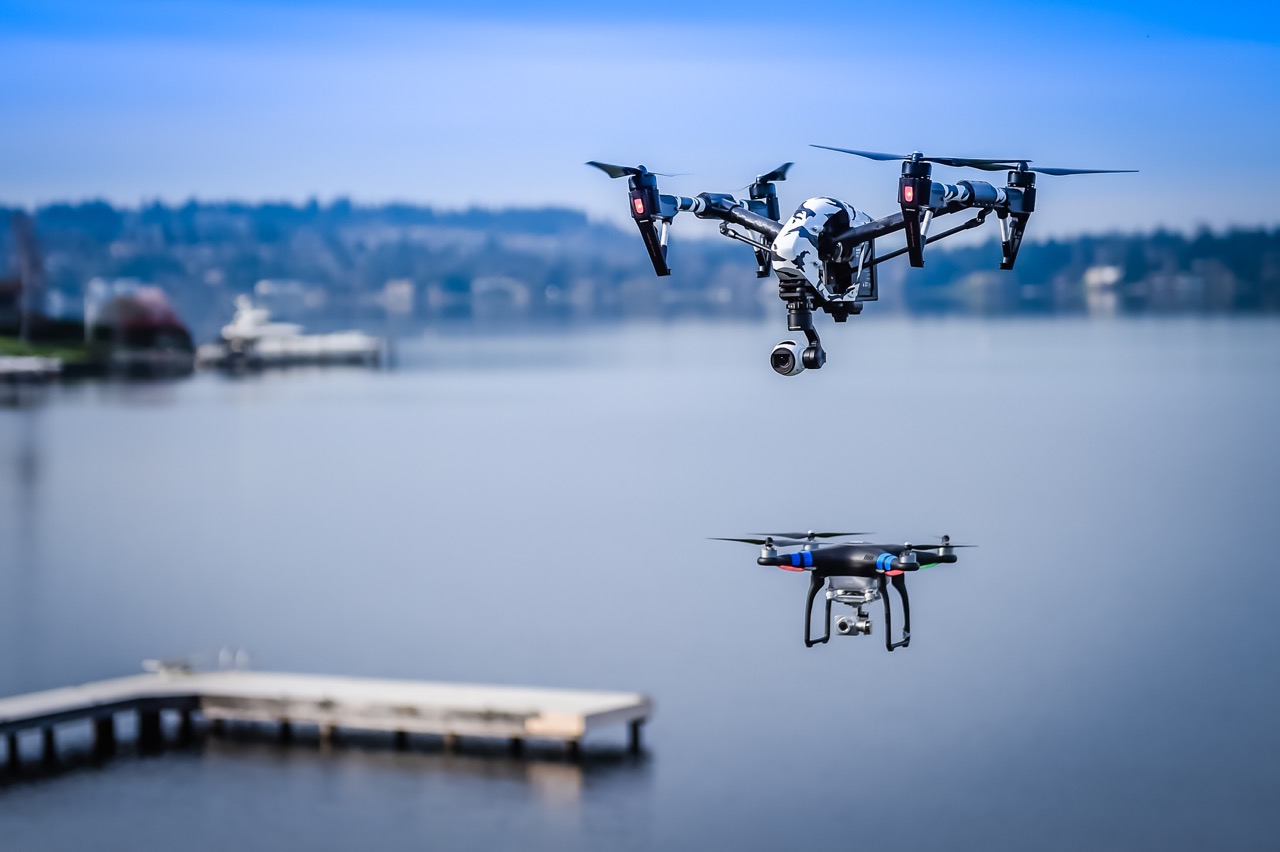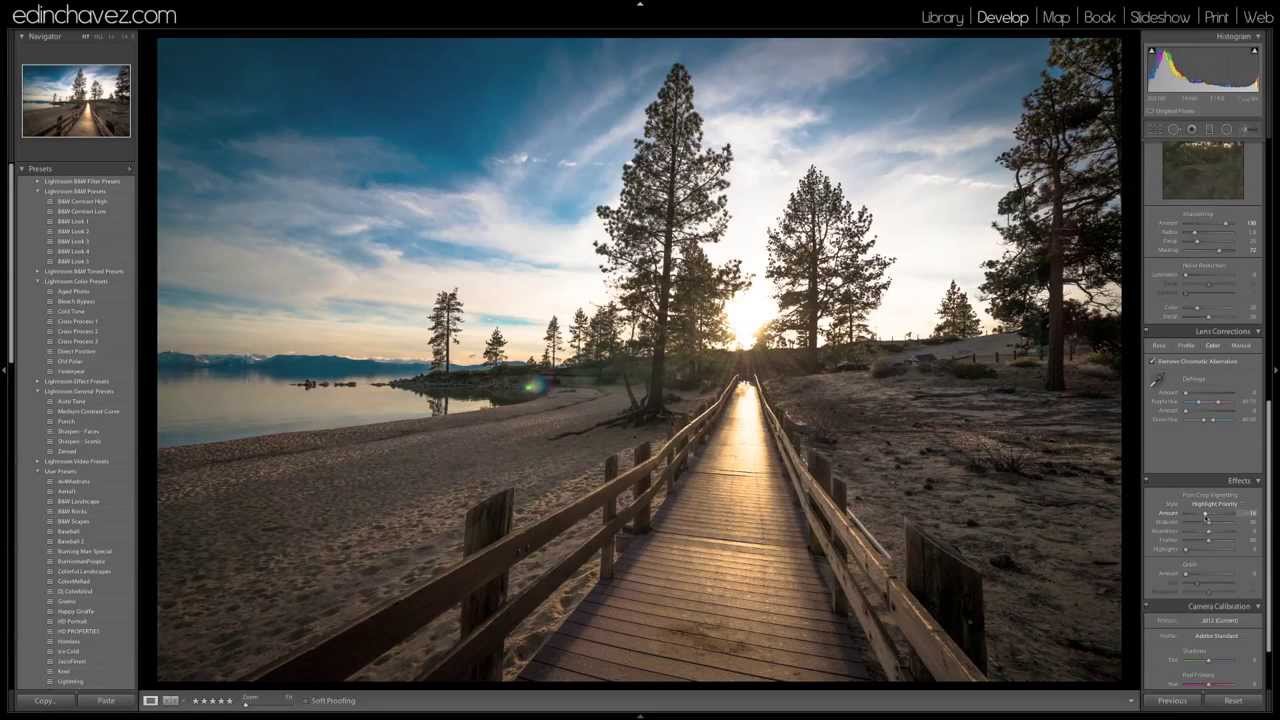 I find my senses are more acute at night. There is something about nightfall which feels a little dangerous, in a fun sort of way. Maybe that’s why I am such a big fan of nighttime photography.
I find my senses are more acute at night. There is something about nightfall which feels a little dangerous, in a fun sort of way. Maybe that’s why I am such a big fan of nighttime photography.
At some point we all need to take a break from sunsets, and learn to appreciate the beauty of stars, city lights, the moon, and the eerie beauty which comes alive at night. In this article we share our 12 favorite tips for excellent nighttime photography.
1. Use a tripod. This should be a given, as you will be using unusually long exposure times. You can place the camera on a sturdy object to keep it steady in a pinch, but a tripod will give you much more flexibility.
2. Cover the viewfinder. Use a cleaning cloth or whatever you have handy. An amazing amount of light can “leak” around the front of your camera toward the lens during long exposures. Eliminating extraneous light will keep your images clean.
3. Use a Lens Hood. A lens hood isn’t just for daytime photography. For the same reason that we cover the viewfinder, we want to eliminate light from interacting with our images in unintended ways. A lens hood will keep glare off our lens, which may become a big issue as exposure times increase.
4. Use a Wide Angle Zoom Lens. Normally I appreciate the quality of a fixed focal lens, but I don’t enjoy changing lenses in the dark. A good wide angle zoom is great for nighttime photography, and is a lot more convenient than dealing with multiple lenses.
5. Bring external lighting. Whether you use a flash, or a flash light, you will want to “paint” an object with light from time to time. This is a great way to ensure an object you are interested in is properly exposed regardless of the natural light in the scene.
6. Bring your own toys. A night time scene often benefits from a subject of interest in the foreground. Think of a dimly lit dark ally. What  might look interesting in the foreground? A crushed can? A baby doll? A flower? Use your imagination. Just in case you can’t find something interesting at the scene which isn’t nailed down, bring your own subject matter.
might look interesting in the foreground? A crushed can? A baby doll? A flower? Use your imagination. Just in case you can’t find something interesting at the scene which isn’t nailed down, bring your own subject matter.
7. Experiment with Large Depths of Field. Close down the aperture, increase the exposure time, and capture a greater depth of field in sharp focus. This is especially effective for creating a sense of “you are here” for the viewer.
8. Play Tricks with Focus. The nice thing about nighttime photography is that nothing is recorded if it isn’t bathed in enough light. Here’s what I like to do for fun. Keeping the shutter open with long or infinite exposure times, I focus on a foreground subject and hit it with some light. Then I find another dimly lit subject further into the scene, focus on it, and light it. I can repeat this as many times as I desire, and build a scene in sharp focus which would not be otherwise possible.
9. Use Unusual Angles. Nighttime photography captures our imagination because it brings us views we usually do not see. This is the perfect time to throw in unusual angles or vantage points to enhance the image.
10. Utilize Mirror Lock-Up. Not only do I use a tripod with my nighttime photography, I also like to employ a shutter release cable and utilize the mirror lock-up ability of my DSLR. The slightest vibrations are magnified during long exposure times, so I take every precaution I can to minimize them.
11. Grab the Deep Blue Sky. We don’t have to shoot in the dark. Dusk is an excellent time to capture spectacular sky backgrounds for your subjects. The deepest blues are captured on clear nights in the eastern sky (northern hemisphere), about 20 minutes after sunset. Bring a watch and be ready.
12. Keep the ISO at 100. Dark scenes fill with noise at higher ISO levels. You can get your exposure right by adjusting shutter speed and keeping ISO low. There are times when increasing the ISO is desired. For instance, star constellation photography. Keeping the shutter open for too long causes star light to blur and flare as they shift position in the sky.
Conclusion
Nighttime photography is a change of pace which allows for spectacular and surreal scenes not normally seen. You can increase the interest in your nighttime photography scenes by adding subjects to the foreground. There are no rules in photography, but wide angle lenses with closed down apertures create immersing scenes with large depths of field.
Daniel Padavona is the founder of Warmpicture Royalty-Free Photos. When he isn’t shooting his own photos, you can find him online helping others become better photographers.










Comments